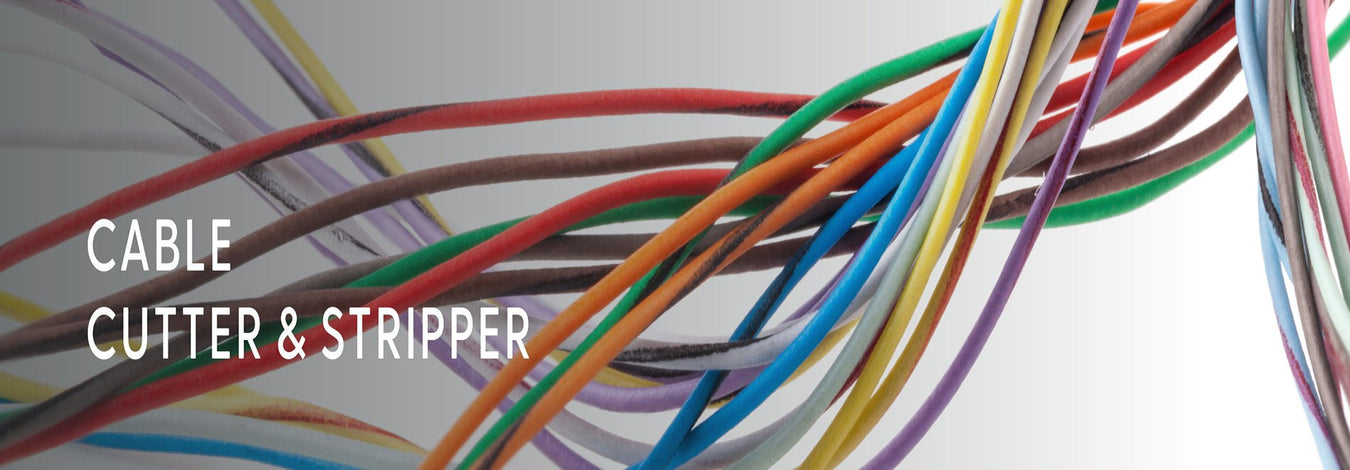
How Can I Use Swaging Tools?
Swaging is vital because it enables the development of reliable cable connections, particularly in construction, marine, and aviation engineering. However, if you are a newbie in swaging or want to enhance your skills when using such a tool, you may have many questions regarding the proper usage of a swaging tool. If you ever find yourself in a situation that requires you to use a cable swaging tool properly, this article will guide you through the process, explain why such a tool is essential, and provide you with tips to achieve the most secure connection.
What is Swaging?
Swaging is a metal-forming technique that involves applying mechanical pressure to a material. This technique is applicable to fixing cables in various operations, including rigging and lifting, structural fixing, and safety-line operations. Tools such as the iCrimp swaging tools are used to clamp or squeeze the sleeves into position on the cable. The more pressure is applied, the better the permanent connection is in high-stress and strain conditions.
Preparing for Swaging
Before using a swaging tool, ensure you have the following:
-
Swaging Tool
Select the correct tool for the cable size and type of swage you must make. Tools such as the IWS-2316R Stainless Steel Swage Stud Crimper are an ideal example.
-
Ferrules/Sleeves
These metal components are swaged onto the cable, so make sure they are appropriate in size and material for the cable you are working on. iCrimp Sleeve Ferrules Connectors offers a variety.
-
Cable
Unsheath the cable and wash the conductor:
-
Swage Fitting
Select the correct fitting connected to the cable.
Types of Swaging Tools
Swaging tools are unique instruments that shape metal tubes or rods into specific shapes. They come in various types, including:
Hydraulic Swaging Tools
These tools apply hydraulic pressure to compact the metal, giving one highly effective and accurate swaging.
Pneumatic Swaging Tools
It uses electricity to operate the tool, although this type of tool is fired by compressed air, known as pneumatic swaging, and is suited for high-volume production.
Manual Swaging Tools
These are hand tools used for small projects and on light occasions.
Read more: What Are the Two Types of Swaging Tools?
A Step-by-Step Guide on How to Use a Swaging Tool
-
Step 1: Measure and Cut the Cable
Initially, it is necessary to determine the amount of cable required for your specific application. Be sure to allow enough extra fabric after sewing together and during the final shrinkage process. After cutting, measure the length needed and use a cable cutter suitable for the gauge of your wires. Trimming ensures the cable end fits the ferrule or sleeve without any strands.
-
Step 2: Insert the Cable Into the Ferrule
Next, take a correctly sized ferrule or sleeve and place the cable in it. Ensure the cable is straight, and for the loop configuration, run the cable through the fitting for the loopback and then insert the other end into the ferrule. The cable should fit nicely within the sleeve with no loose cable.
-
Step 3: Cable Swaging Tool Preparation
It is worth adjusting the tension of your cable swaging tool according to the ferrule size and cable diameter. If it is a hydraulic tool, then set the pressure range to determine the tightness of the connection. For this reason, a properly calibrated swaging tool is essential to prevent instances of under- or over-swaging, which can jeopardize the connection between the tool and the line.
-
Step 4: Squeeze With Equal Force to Swage the Ferrule
Place the ferrule inside the jaws of the swaging tool. Spread the force uniformly, causing equal pressure on all areas of the ferrule that touch the cable. For handheld swaging tools, this may take a few presses along the length of the ferrule on the shank of the screw. Hydraulic equipment typically requires a single application of pressure to complete the task. For the sake of the ferrule or cable, it is essential to follow the manufacturer's instructions regarding your specific tool.
-
Step 5: Inspect the Connection
After you have formed the swage, take a moment to inspect the connection. The ferrule must fit the cable tightly so that no open-end gaps are visible. The swage connection should always be checked with a pull test or another stress test to determine how it will perform under heavy loads.
Tips for Effective Swaging
-
Use the Right Tool
Select a swaging tool that is suitable for the cable size and the desired swage style.
-
Ensure Proper Alignment
In swaging, try to 'thread' the cable and the fitting neatly to avoid the risk of misalignment during connection.
-
Apply Consistent Pressure
Tight pressure is essential to prevent irregular pressure and possible defects during swaging.
-
Inspect Regularly
Check connections periodically to ensure they have not become loose or damaged.
-
Follow the Manufacturer's Instructions
For more information on using your swaging tool, as well as all other directional details, please refer to the manufacturer's guide.
Common Swaging Applications
Swaging used in various industries includes:
-
Telecommunications
Forming links to network equipment and facilities.
-
Electrical Systems
Includes cabling to secure cables into terminals and connectors.
-
Automotives
Connect cables to the electrical parts of automobiles.
-
Hydraulic Systems
Hot tapping, plugging, fitting, and joining.
Final Thought
Swaging can help make a cable termination positive and secure, as its purpose is to create a secure connection between cables and fittings. This method can be applied to multifaceted applications, depending on the various types of swaging tools and the correct processes. Are you looking for cable swaging? Welcome to iCrimp, where you can find the best cable swaging tools and ferrules. Therefore, you can ensure your project is secure with the right tools.
References





